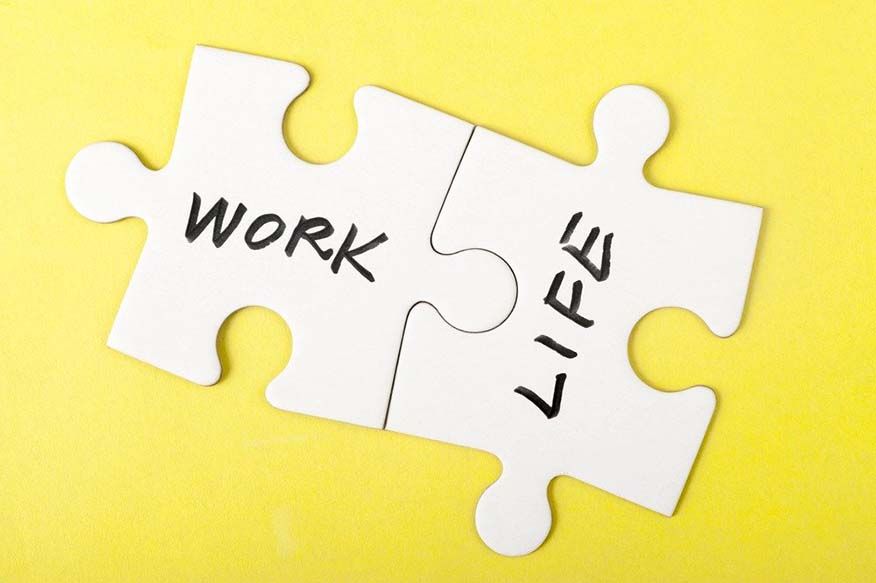Ontario's New Recruitment Law: What Employers Need to Know and How VidCruiter Can Help
Starting January 1, 2026, Ontario employers will face a significant shift in their hiring practices. New legis...

Do you work to live or live to work?
Those who “work to live” see work as merely a means to an end: a way to make money to fuel other areas of their life. Many people who think this way think they’ve got it all figured out, but they’re often unnecessarily resentful about their livelihood. Meanwhile, those who “live to work” find fulfillment by pouring themselves into their job, but sometimes workaholics miss out on life’s most worthwhile moments.
Isn’t there a middle ground?
The concept of work/life balance was introduced in the 1970s and 80s as stressed out baby boomers struggled with how to manage the demands of their career and life outside their work. The idea has good intentions, but the term “work/life balance” is inherently flawed.
“Work/life balance” creates an unrealistic divide between work and other areas of an employee’s life. It creates an “artificial separation between work and life,” which doesn’t actually exist. Work and life are very much intertwined. They’re NOT competing against one another; work is simply part of life.
The world of work has changed over the years, and with it, so have our perspectives and values. The concept of work-life integration has largely replaced the outdated idea of work/life balance. Especially with so many people working from home, we’ve collectively shifted to thinking of work and life as one integrated experience—instead of two entirely different things we must somehow balance.
Work-life integration is an approach that creates more synergies between all areas that define life: work, home, family, community, personal interests, health and wellbeing. Everything is interconnected and considered holistically. Work is no longer the villain taking people away from the things they really want to be doing. Instead, work-life integration puts work within the context of an employee's entire life experience.
How can we better align our personal and professional goals so work and life are more integrated? Start by making a list of your “non-negotiables,” things you absolutely should be making time for (such as spending time with family and exercising to maintain good health). Then consider what you like doing during your free time. Ask yourself how those activities might correlate with a career path.
People want to work for an organization that values the same things as they do. Younger generations are especially good at thinking about the lives they want and seeking jobs that support that lifestyle. Work-life integration helps people put what’s important to them at the center of their world.
For example, a practitioner of work-life integration might choose to schedule a typical workday like this:
In this scenario, neither work nor other aspects of life takes a backseat. There are some clear boundaries, and yet everything gets done. Of course, some days you may be required to pull extra weight at work and other days you may need to excuse yourself to tend to a pressing family matter or personal illness. But that’s life. By adopting work-life integration, we can better roll with whatever life throws at us.
We spend so much time at work, it’s a shame to do something you don’t enjoy. After all, this isn't just some job you’re working; this is a life you're building.
Work-life integration is a useful framework to find and maintain meaningful work, wellbeing, and relationships. It benefits both employees and employers. Employees are happier because they can achieve more flexibility and prioritize what’s important to them. In doing so, they no longer suffer from the “Sunday Scaries,” dreading going back to work after the weekend. Since employees are happier, they’re often more productive and loyal to the company that’s afforded them both flexibility and a paycheck.
Organizations that embrace the idea of work-life integration are more likely to attract top talent (especially young talent) and retain employees for the long haul. Just like you’d integrate helpful technologies such as video interviewing tools into existing hiring processes to solve workplace challenges, try integrating work into your life in a healthy way—rather than just trying to balance it.
Explore these additional articles for more insights.